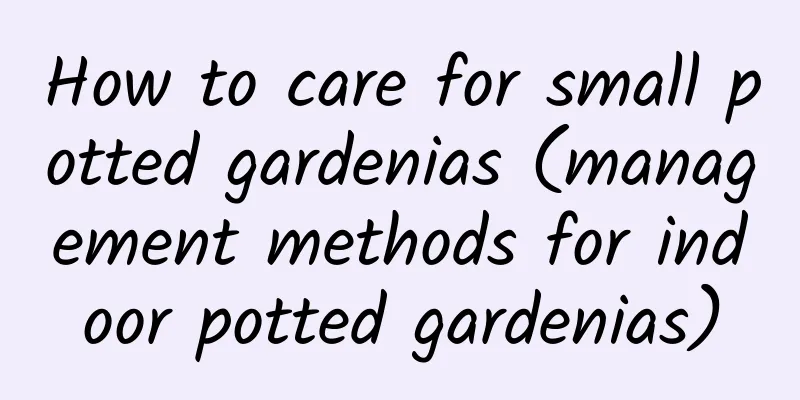How to repot Hoya

RepottingRepotting timeIt is best to repot on a sunny day when the air convection is better, usually after 4 pm. Repotting when the temperature is high at noon will damage the root system, so try to avoid it. Replacement of soilHoya likes a high temperature and high humidity environment. In summer, it is either high temperature and high humidity or high temperature and dryness. If you want Hoya to grow, changing the soil is crucial. Therefore, the replaced soil must be breathable and water-permeable. Usually, after repotting and watering thoroughly, the soil will be completely dry within 1 to 2 days. About base fertilizerWhen repotting in summer, the base fertilizer should be appropriate. The base fertilizer should not be too concentrated, because the temperature is too high in summer and the soil at the bottom is stuffy, the ball orchid will grow slowly or temporarily stop growing. If the base fertilizer is too concentrated, fertilizer damage is likely to occur. In short, the principle of applying base fertilizer is, less is better than more. Depending on the growth condition of the Hoya, you can apply additional fertilizer after it resumes growth, but do not add additional fertilizer within one month. Summer cuttings and repottingRepotting timeThe time is roughly the same, and it is best to choose a sunny day and evening. Flower Pot SelectionBecause it is a small seedling grown from cuttings, you can choose a pot with a smaller diameter, but the depth of the pot can be appropriately deeper (there is no need to use a high-foot pot like an orchid). A deeper pot will prevent the root system from being harmed by the high temperature in summer. Watering and fertilizingIt is best not to apply base fertilizer to the seedlings for cuttings. A pure soil environment is more conducive to the rooting and survival of the seedlings. After repotting, water thoroughly and place it in a cool, ventilated place for 3 to 5 days, then maintain it normally. Because the seedlings need to adapt to the new environment after repotting, if it is rainy, you must pay attention to water control. Because the seedlings have few roots and poor absorption capacity, it is easy to cause root rot. Preventing water accumulation at the roots is the key to potting the cuttings. |
Recommend
Are dahlias poisonous?
1. No toxicity Dahlias are non-toxic flowers. It ...
Characteristics of morning glory
1. Appearance characteristics Morning glory is al...
How to grow Brazilian wood stumps hydroponically so that they can take root and survive (Brazilian wood cultivation and precautions)
How to hydroponically cultivate the Brazilian woo...
How often should I water the tiger skin plant?
The leaves of Tiger Piranha are relatively thick ...
Ginkgo pruning method
Ginkgo pruning method Depending on the operating ...
What to do if the leaves of Christmas cactus are shriveled
(1) Specific reasons: Insect pests are one of the...
How to grow osmanthus in autumn
1. Change the pot at the right time If the flower...
Can jasmine survive if its leaves turn yellow? What should I do if the leaves turn yellow?
1. Can the plant survive if yellow leaves appear?...
What should I do if the Thousand Buddha Hands grow too long?
1. Reduce watering If you water it too much durin...
Can the vine be grown at home?
Is it suitable for domestication? Jinpingshu is a...
How to grow garlic at home
1. Prepare the soil When planting garlic at home,...
Cultivation methods and precautions of Forsythia
1. Soil When planting, be sure to choose suitable...
Cultivation methods and precautions of Babaoshu
1. Soil It is best to use sandy soil with strong ...
The difference between wild mint and mint, pictures of mint
1. Different efficacy strengths There is not much...
Can the fortune tree recover from freezing? How to water it when it is frozen?
1. Can you recover? Generally speaking, if the br...









